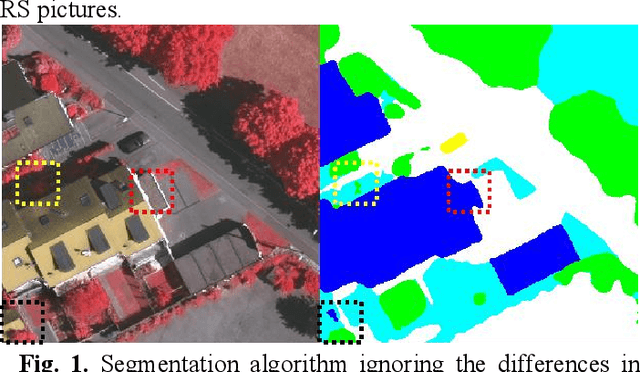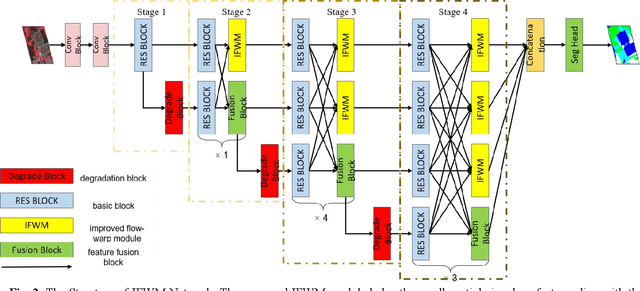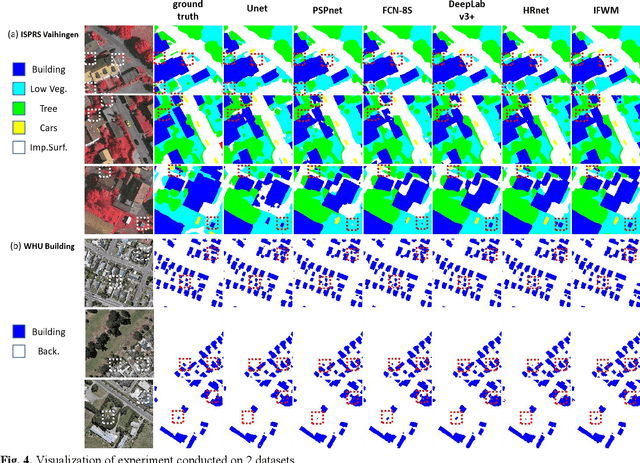Yinjie Zhang
Few-shot Shape Recognition by Learning Deep Shape-aware Features
Dec 03, 2023Abstract:Traditional shape descriptors have been gradually replaced by convolutional neural networks due to their superior performance in feature extraction and classification. The state-of-the-art methods recognize object shapes via image reconstruction or pixel classification. However , these methods are biased toward texture information and overlook the essential shape descriptions, thus, they fail to generalize to unseen shapes. We are the first to propose a fewshot shape descriptor (FSSD) to recognize object shapes given only one or a few samples. We employ an embedding module for FSSD to extract transformation-invariant shape features. Secondly, we develop a dual attention mechanism to decompose and reconstruct the shape features via learnable shape primitives. In this way, any shape can be formed through a finite set basis, and the learned representation model is highly interpretable and extendable to unseen shapes. Thirdly, we propose a decoding module to include the supervision of shape masks and edges and align the original and reconstructed shape features, enforcing the learned features to be more shape-aware. Lastly, all the proposed modules are assembled into a few-shot shape recognition scheme. Experiments on five datasets show that our FSSD significantly improves the shape classification compared to the state-of-the-art under the few-shot setting.
Improved-Flow Warp Module for Remote Sensing Semantic Segmentation
May 09, 2022



Abstract:Remote sensing semantic segmentation aims to assign automatically each pixel on aerial images with specific label. In this letter, we proposed a new module, called improved-flow warp module (IFWM), to adjust semantic feature maps across different scales for remote sensing semantic segmentation. The improved-flow warp module is applied along with the feature extraction process in the convolutional neural network. First, IFWM computes the offsets of pixels by a learnable way, which can alleviate the misalignment of the multi-scale features. Second, the offsets help with the low-resolution deep feature up-sampling process to improve the feature accordance, which boosts the accuracy of semantic segmentation. We validate our method on several remote sensing datasets, and the results prove the effectiveness of our method..
 Add to Chrome
Add to Chrome Add to Firefox
Add to Firefox Add to Edge
Add to Edge